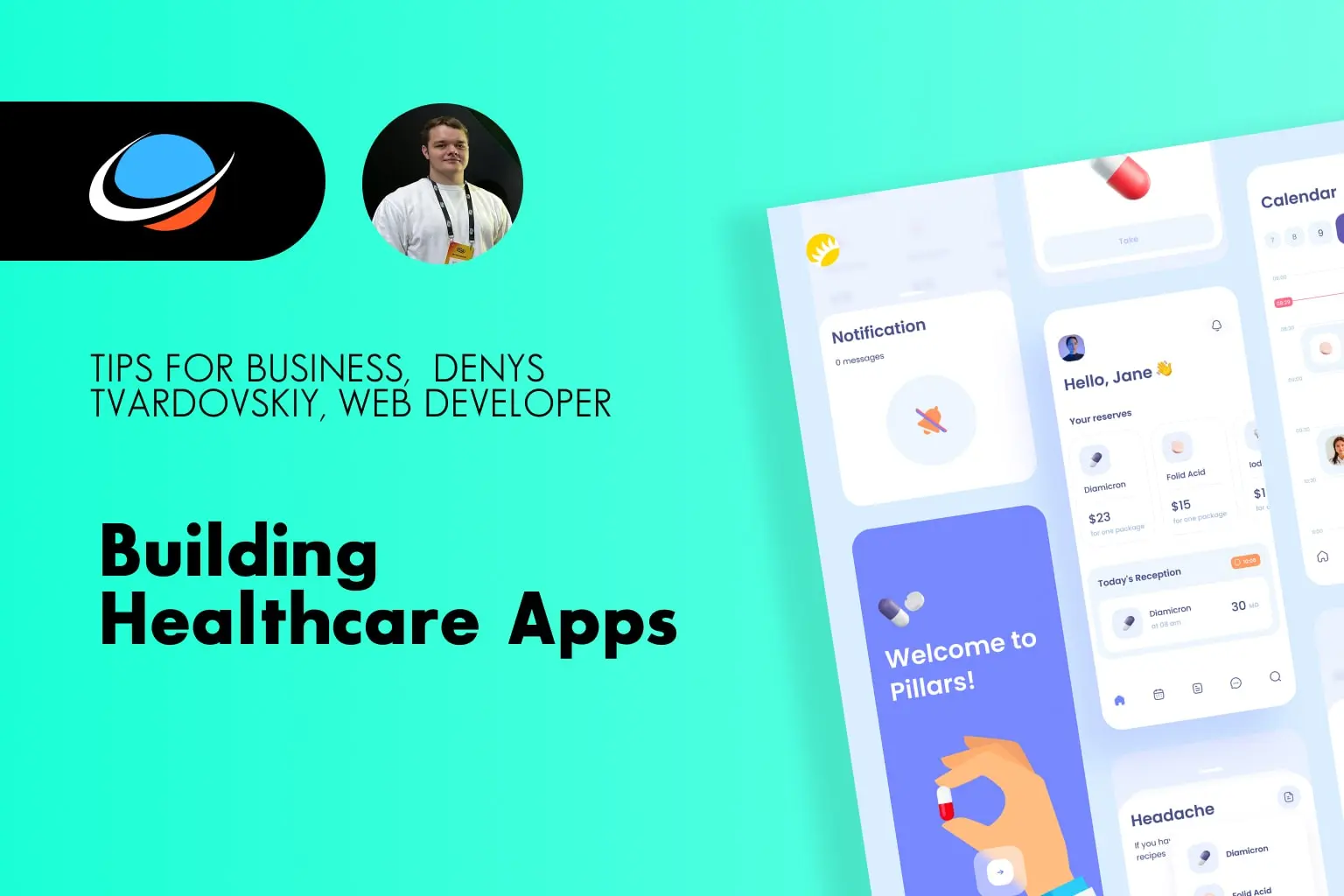In today's digital age, healthcare apps have become an integral part of the healthcare industry. They provide a convenient way for patients to access medical information, schedule appointments, and even receive virtual consultations. However, it is crucial for healthcare apps to be both responsive and accessible to ensure that they can be used by all individuals, regardless of their abilities or the devices they are using.
React.js, a popular JavaScript library for building user interfaces, offers a powerful framework for creating responsive and accessible healthcare apps. In this article, we will explore the key principles and techniques involved in building such apps with React.js.
Responsive Design with React.js
Responsive design is the practice of creating apps that adapt to different screen sizes and devices. With the increasing use of smartphones and tablets, it is essential for healthcare apps to provide a seamless user experience across a variety of devices.
React.js makes it relatively straightforward to build responsive healthcare apps. One of the core features of React.js is the use of reusable components. These components can be dynamically rendered and rearranged based on the screen size, ensuring that the app's layout remains optimal and functional on any device.
To achieve a responsive design with React.js, developers can utilize CSS media queries to detect the screen size and apply different styles accordingly. By defining breakpoints and adjusting the app's layout and design based on these breakpoints, developers can create a responsive healthcare app that looks and functions well on a range of devices.
Accessibility in Healthcare Apps
Accessibility is a fundamental aspect of healthcare app development. It ensures that individuals with disabilities can access and use the app effectively. By building healthcare apps with accessibility in mind, developers can provide equal opportunities for all users to benefit from the app's features and services.
React.js provides several features and best practices that can be leveraged to create accessible healthcare apps. One such feature is the use of semantic HTML. By utilizing HTML elements properly, developers can provide meaningful structure to the app's content, making it easier for screen readers and assistive technologies to navigate and understand the app.
Additionally, React.js offers support for ARIA (Accessible Rich Internet Applications) attributes. These attributes can be applied to elements within the app to provide additional information to assistive technologies. For example, developers can use ARIA roles and properties to convey the purpose and state of interactive elements, such as buttons or form inputs.
Furthermore, React.js supports the creation of custom accessibility components. These components can encapsulate complex accessibility logic and provide a simple interface for developers to implement accessible features. By using these custom accessibility components, developers can ensure that the healthcare app meets accessibility standards and guidelines.
Testing and Validation
To ensure the responsiveness and accessibility of healthcare apps built with React.js, thorough testing and validation are necessary. There are various tools and techniques available to assist developers in this process.
For responsive design testing, developers can utilize browser developer tools to simulate different screen sizes and devices. This allows them to preview and evaluate the app's layout and responsiveness across various scenarios. Additionally, automated testing frameworks such as Jest and Enzyme can be employed to run responsive design tests and ensure consistent behavior across different devices.
When it comes to accessibility testing, developers can use tools like Lighthouse or Axe to perform automated accessibility audits. These tools analyze the app's HTML structure, ARIA attributes, and other accessibility-related aspects, providing valuable insights and suggestions for improvement. Manual testing with assistive technologies, such as screen readers, should also be conducted to validate the app's accessibility features.
Conclusion
Building responsive and accessible healthcare apps with React.js is crucial for providing a seamless user experience to all individuals, regardless of their abilities or the devices they are using. By leveraging the capabilities of React.js, developers can create apps that adapt to different screen sizes and meet accessibility standards.
In this article, we explored the key principles and techniques involved in building responsive and accessible healthcare apps with React.js. We discussed responsive design techniques, the importance of accessibility, and how React.js supports the creation of accessible healthcare apps. We also highlighted the significance of testing and validation in ensuring the quality of these apps.
By following these guidelines and best practices, developers can contribute to the development of healthcare apps that are inclusive, user-friendly, and beneficial to all users.











